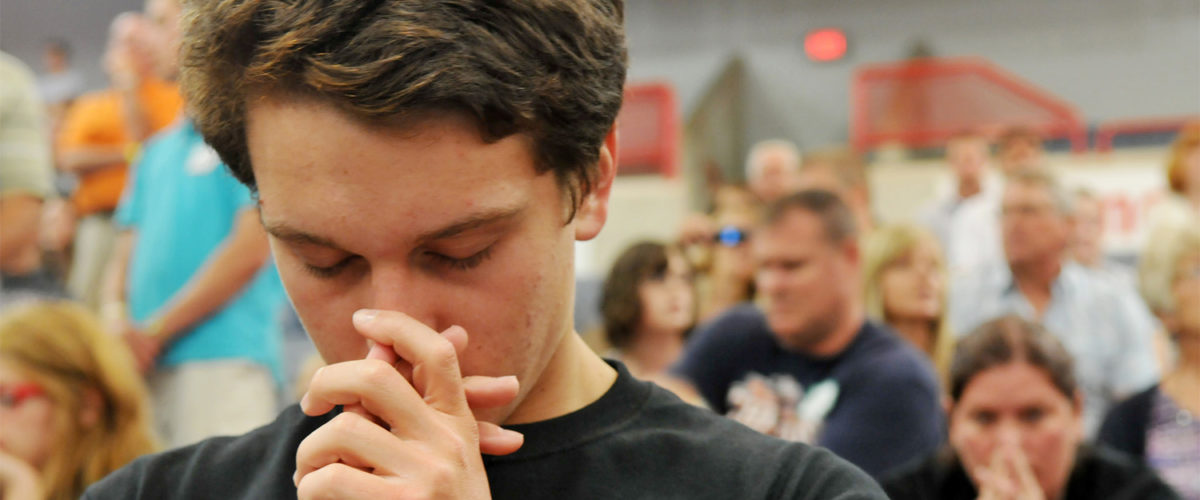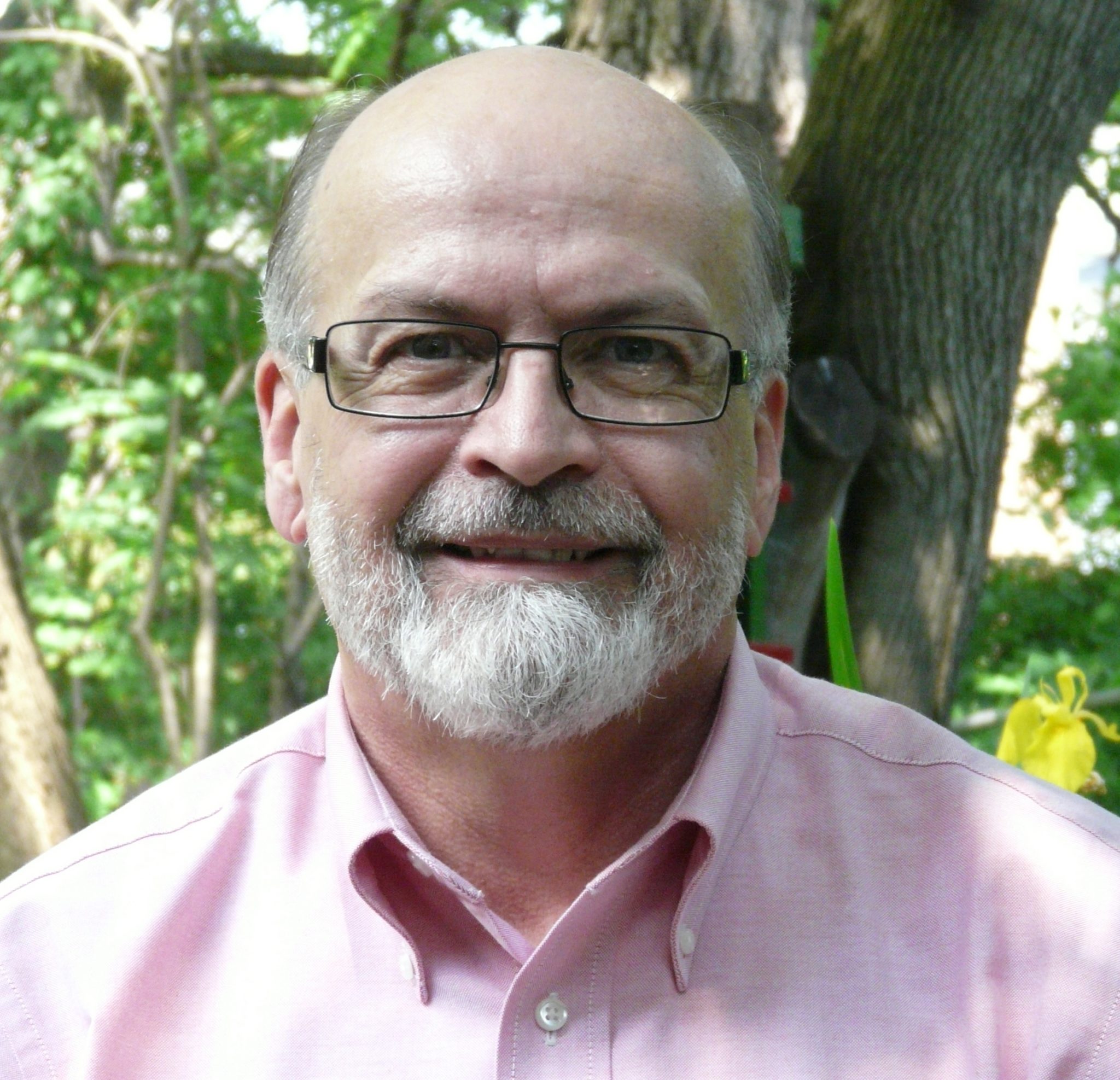For years now, Christian communities have been intensely focused on serving Baby Boomers, Millennials and other groups demarcated by age.
But that focus alone is no longer going to cut it for churches genuinely interested in being relevant to the culture — or cultures — around them, says an expert on social and religious demographics.
“If we stop with just birth and generations, we only have some very generalized and even stereotypical understandings of what people are looking for when they are looking for God,” said Thomas Bandy, an author and demographer who focuses on the relationships between faith and lifestyle segments — or subgroups in society.
Bandy made his comments during a FaithSoaring Churches Learning Community conference call, hosted by The Columbia Partnership last week.
During his career, Bandy has been a church planter and pastor, church consultant, congregational and coach and mentor to pastors.
More recently he has delved into demographic research as it impacts the church. That work has resulted in three books: See, Know, and Serve the People within Your Reach; Worship Ways: For the People within Your Reach; and Spiritual Leadership: Why Leaders Lead and Who Seekers Follow.
The kind of research Bandy and other demographers use has matured thanks to the digital age, and was pioneered by the corporate, medical and nonprofit sectors in search of hyper-detailed information about their customers, he told listeners during the call.
Bandy said his term for such information is “granular,” which describes the detail available to churches and researchers through search engines such as MissionInsite.com, with home he works.
It’s why broad concepts, such as Millennial, are outmoded, he said.
“Corporate and nonprofit and health care planners are not using these old age-based demographics anymore,” he said.
While the variety of information about social groups has grown much more complicated in recent years, it is available to church leaders and congregations.
“The good news is you can research this” in order to reposition or reconfigure a church “to reach people you have never reached before,” Bandy said.
Digital comparisons can be made between the groups around, and inside, a congregation, he said.
Those who take that challenge will learn about the behaviors and attitudes unique to different lifestyle segments, Bandy said. Demographers to date have identified 71 such groups, compared to 40 that were known a decade ago.
 Each one has preferences in retail choices and in churches and religion. Their quests for meaning and for God also differ from segment to segment.
Each one has preferences in retail choices and in churches and religion. Their quests for meaning and for God also differ from segment to segment.
Those faith expressions are “driven by different kinds of existential anxieties and each comes with a different set of expectations,“ Bandy said.
It’s those anxieties and expectations that churches must discern in order to shape the kind of programs and ministers they need to meet them, he said.
In a Christian context, each of those segments has unique understandings of Christ. Some want Christ to rescue them, others to heal them and yet others to guide or transformation them, Bandy said.
To become or remain relevant, churches must become aware of these layers of yearning and hope permeating the culture, he said.
“Life is a good deal more complicated than we think, and Christ is more mysterious than we think,” Bandy said.
Leadership also becomes more complicated as traditional clergy models may, in some settings, be outmoded.
Ministries based on age also are challenged, Bandy said. For example youth ministry is becoming outdated because multiple segments exist among young people.
Behavior patterns are what count today, Bandy said.
“We used to talk diversity in congregations by age,” he said. “Age is passé in the church.”



